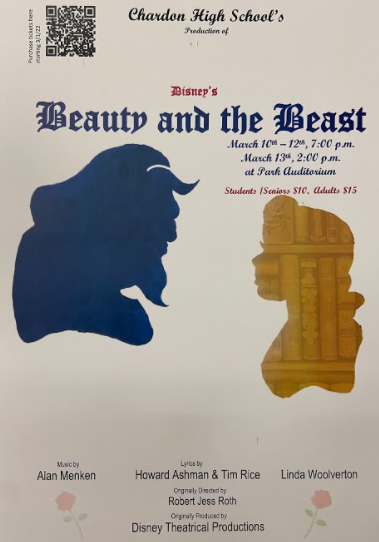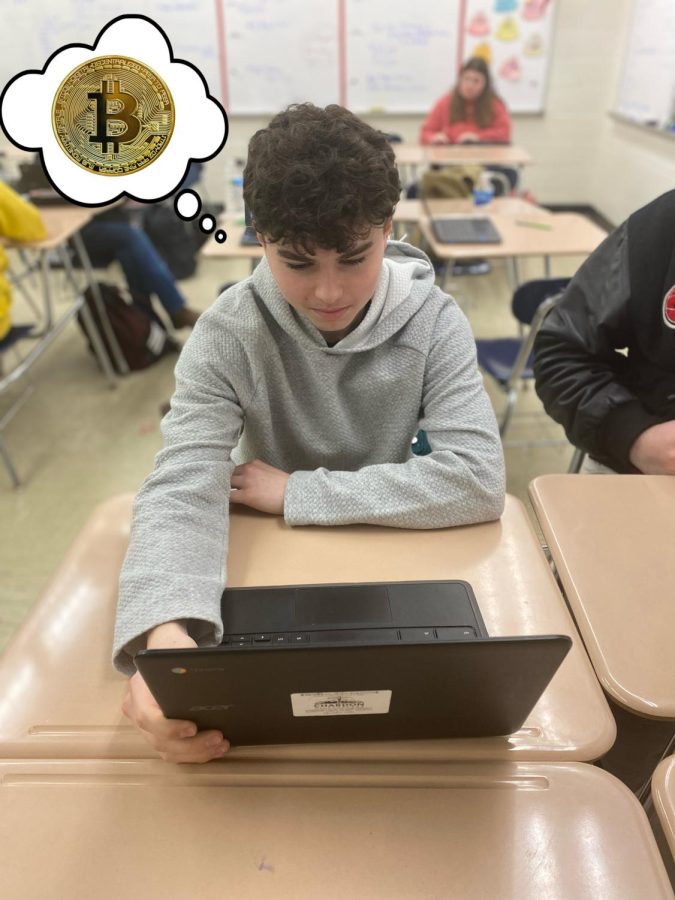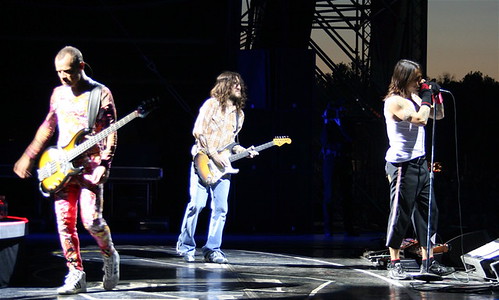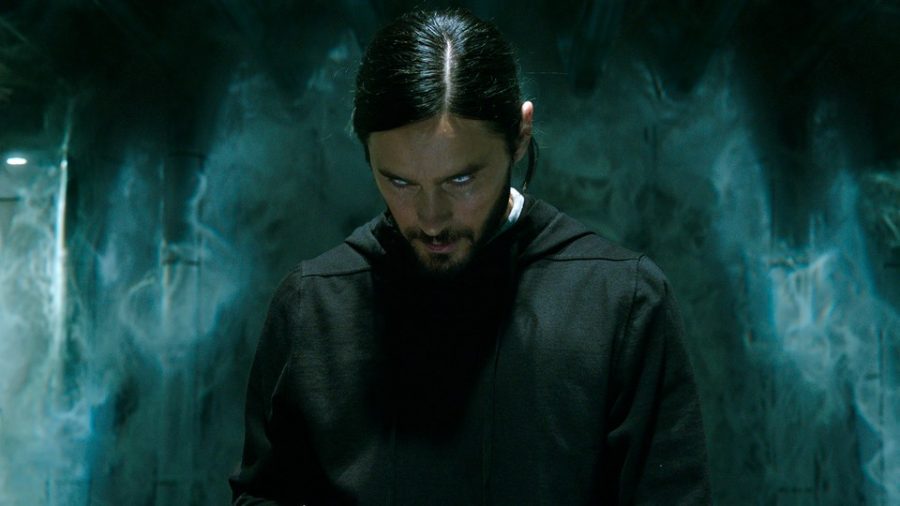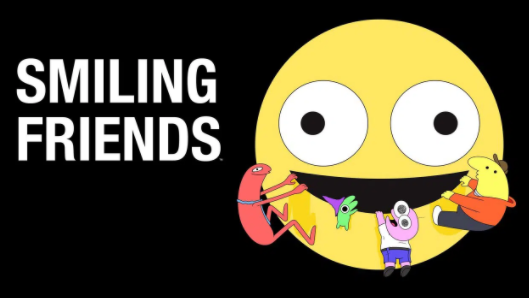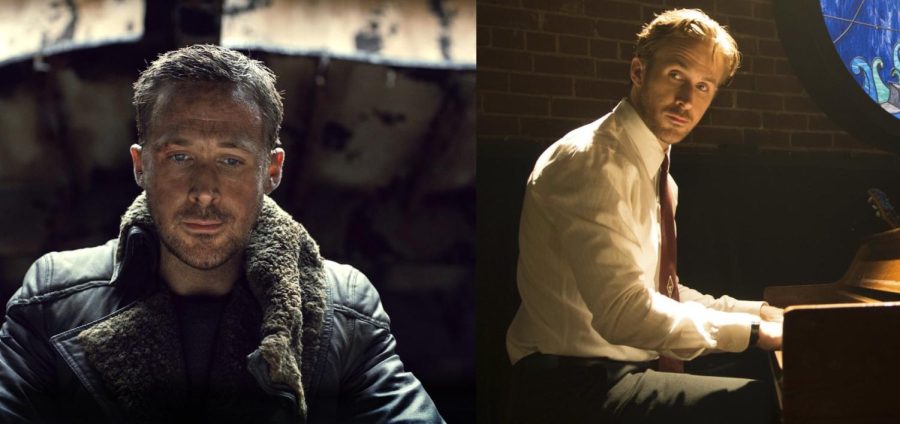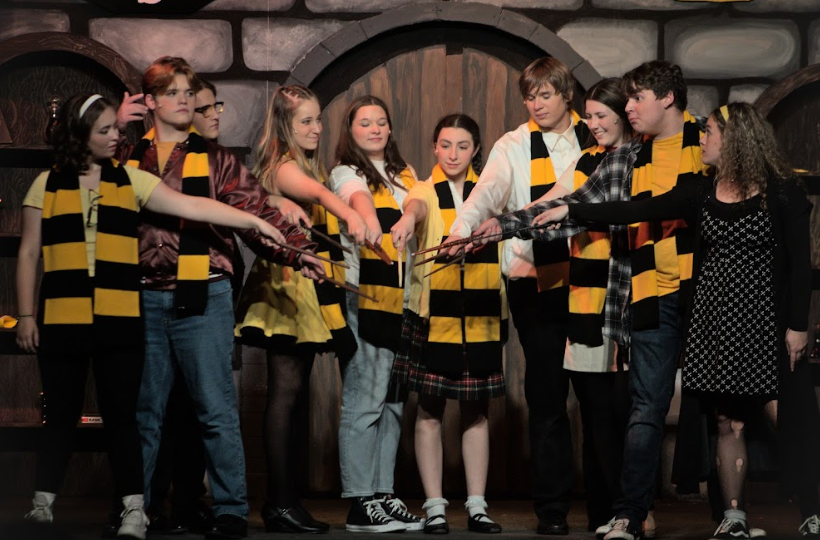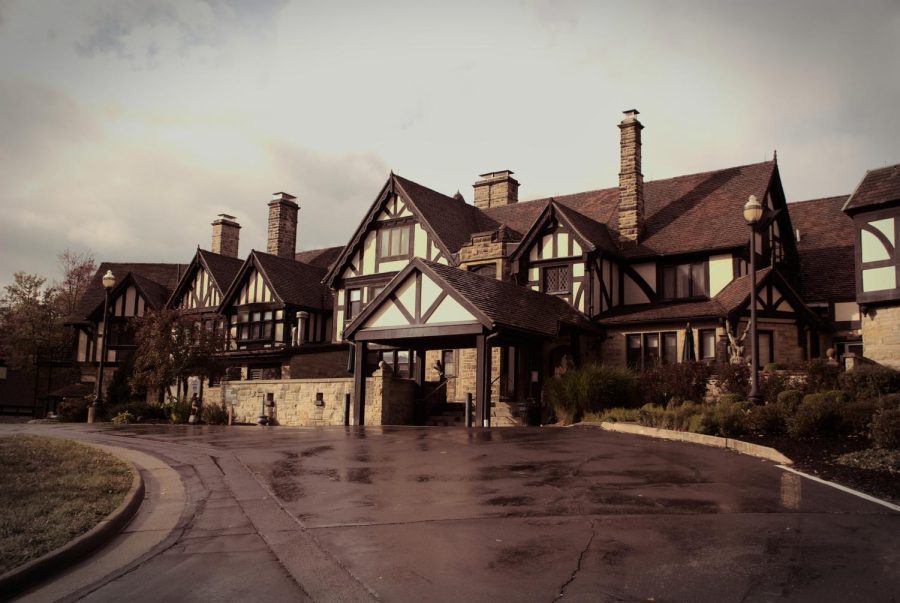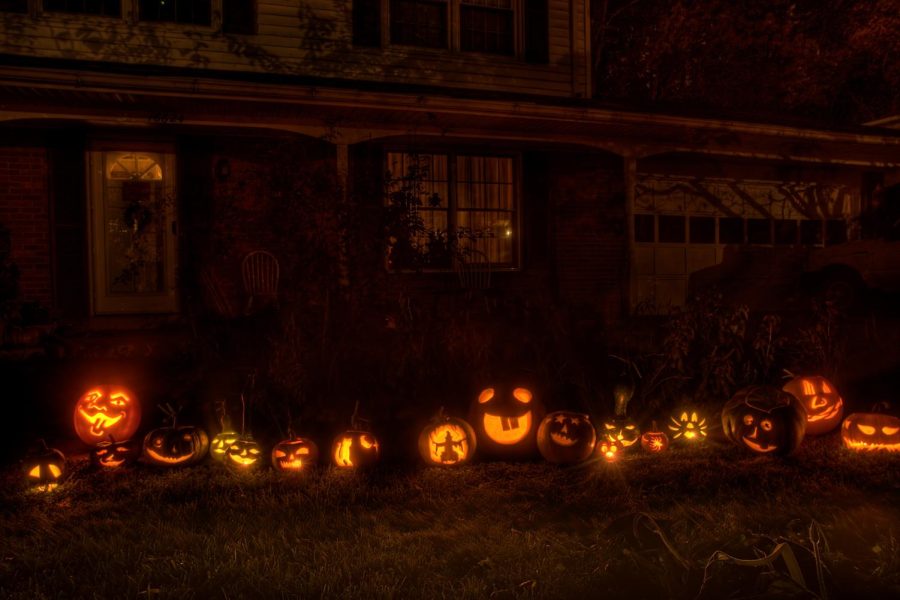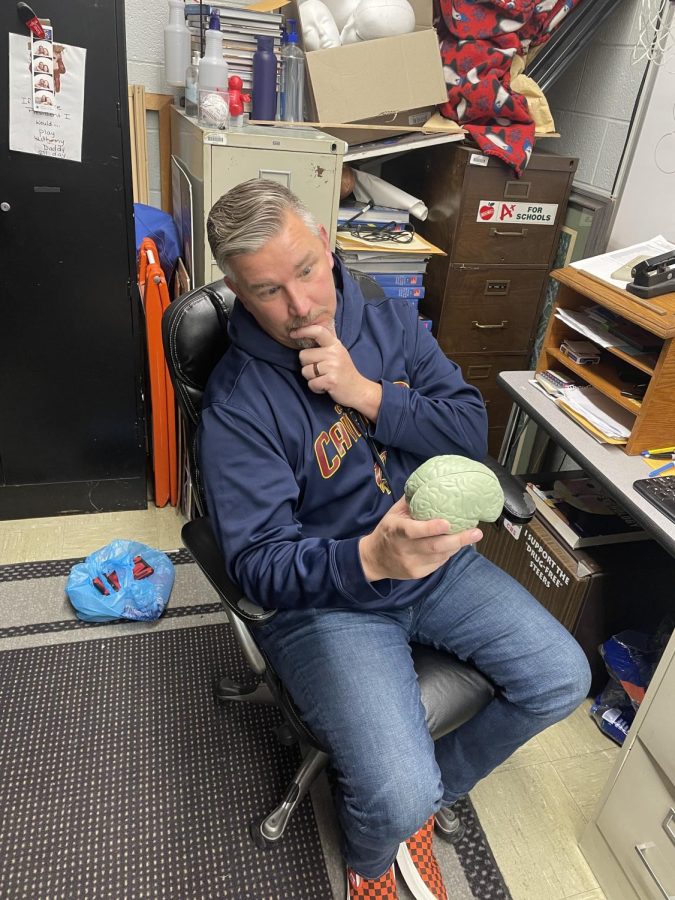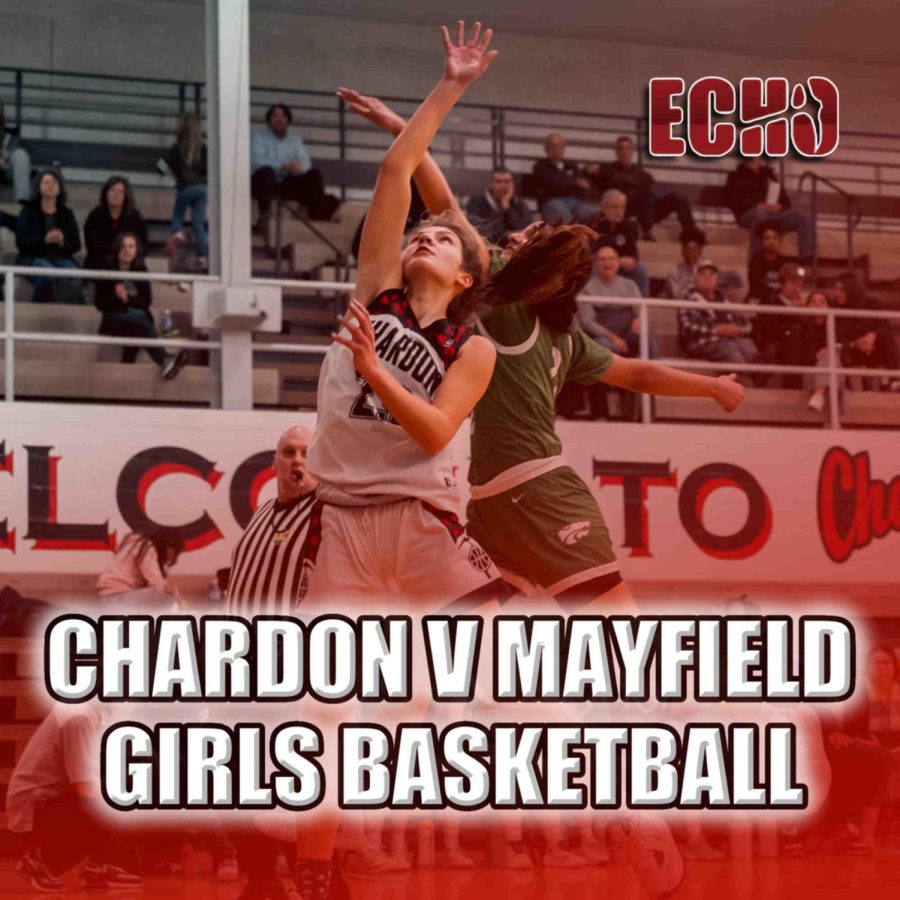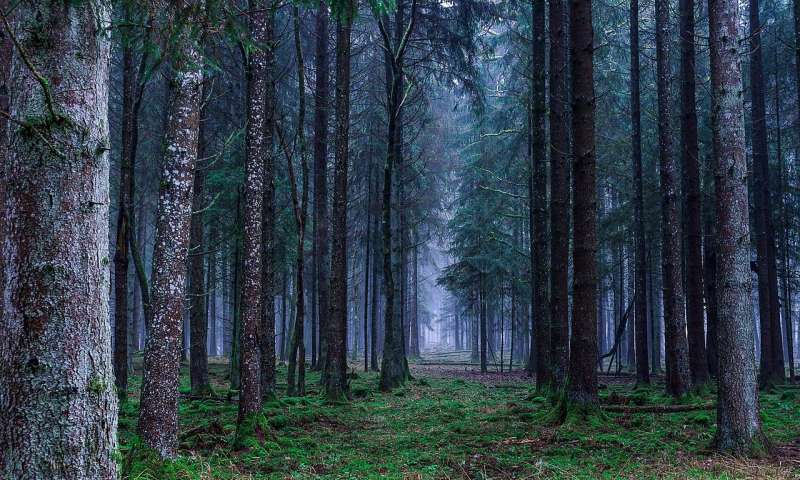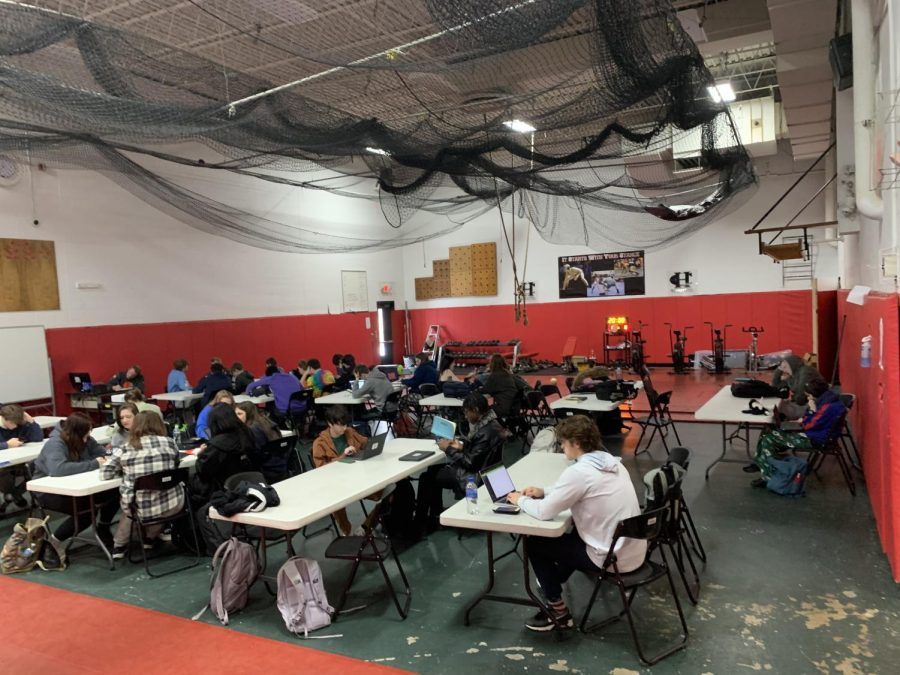The World of Witchcraft
March 5, 2020
When people hear the word “witchcraft,” they immediately see a lady with a pointed black hat and a broomstick. How does the stereotype differ from reality? You might not notice a witch in real life; they look just as we do. Their difference is religious.
Witchcraft can be understood as the study of nature, its majestic and spiritual power. As of 2014, 1.5 million people reported practicing the Wiccan religion. Wiccans, better known as witches, have been widely generalized as dark, associated with the devil, and faced by much skepticism. However, it’s the foundation is spirituality, peace, and a harmonious way of natural life.
Wicca is the belief that nature is superior to mankind. They use the spiritual mechanisms of nature to mold and aid their human life. Witchcraft is the practice of understanding the mechanisms of Earth’s spirituality and the ability to utilize it as an individual. In this practice, you are manipulating nature to help mold your own spiritual essence. Witches practice witchcraft, Wiccans do as well, with an additional belief system, values, and gods. The Wiccan religion originated in Ireland, Scotland, and Wales, and has been discouraged by churches. Archeological studies indicate that Wicca was practiced by Paleolithic people. Bias and stereotyping has contributed to ignorance of Wicca
According to The Celtic Connection, a website, “witchcraft in ancient history was known as “The Craft of the Wise” because most who followed the path were in tune with the forces of nature, had a knowledge of herbs and medicines, gave council and were valuable parts of the village and community as Shamanic healers and leaders.” Wiccan is the belief that “mankind is not superior to nature.”
Witches and Wiccans are believed to be the same, however, they are vastly different. The Celtic Connection explains the difference as, “one can be a Witch, without being a Wiccan, just as a person can be a Christian without being a Baptist.” Wiccan is the more religious aspect of Witchcraft. According to Katrena Loy, a practicing Pagan, a form of religion very similar to Wicca, “witchcraft is the ability to take the innate energy that is present in all beings and materials and bring them in/send them out to bring about the desires that we have.”
To “overrule” witchcraft, Christian churches in medieval times spread the bias that all witchcraft is in line with the devil and is of evil, sinful nature. This bias has carried into today.
“The majority of religions that existed before Christianity are considered pagan,” said Loy. “Wicca is a new-age model of ancient pagan practices that began to gain ground around the 1960s.”
The generalization of Witchcraft being a dark practice originated in the medieval church’s efforts to discourage existing religions and wisdom in order to gain power over mankind. This stereotype of witchcraft has overshadowed the beauty and transcendental qualities of its true nature.



